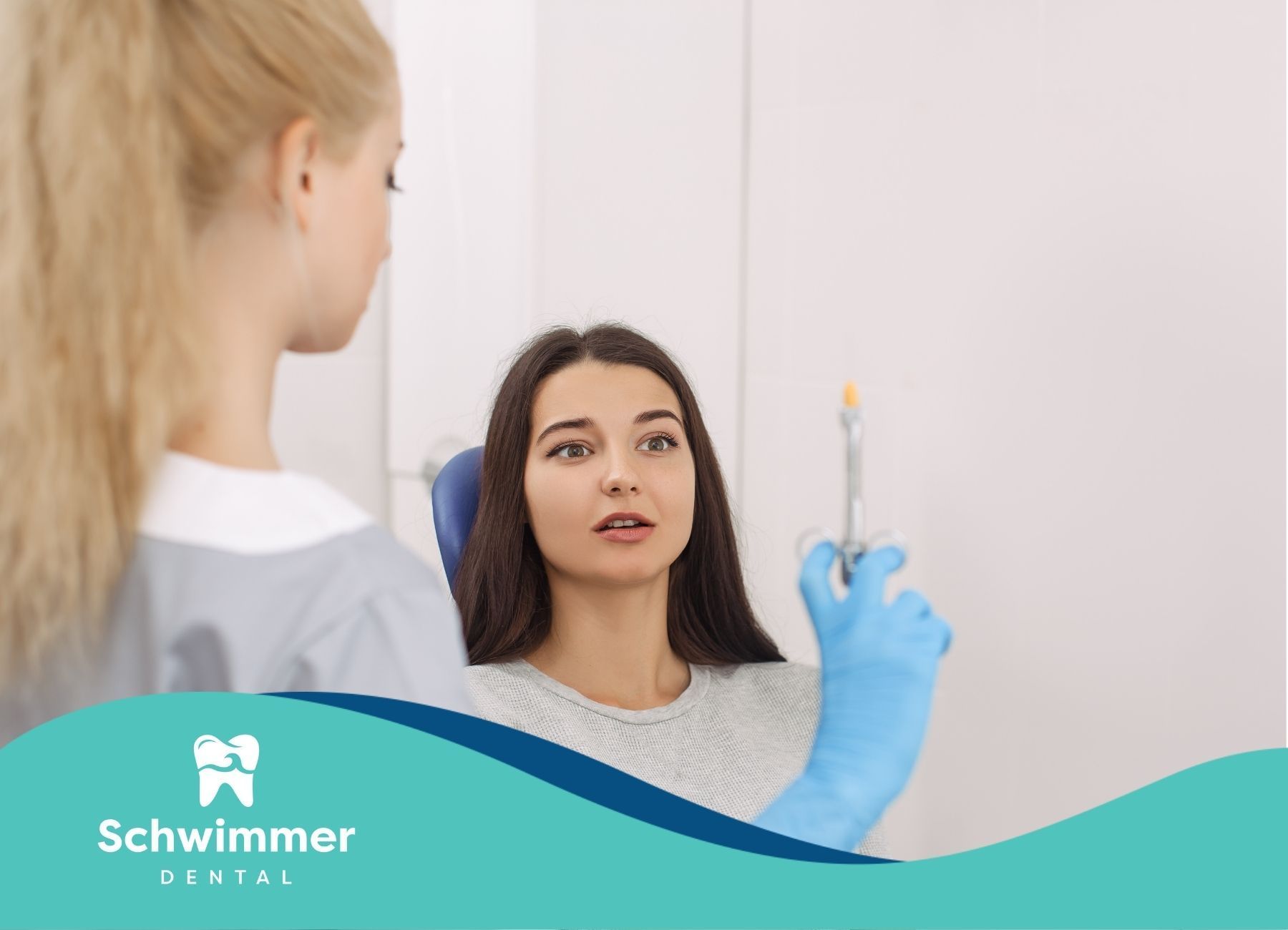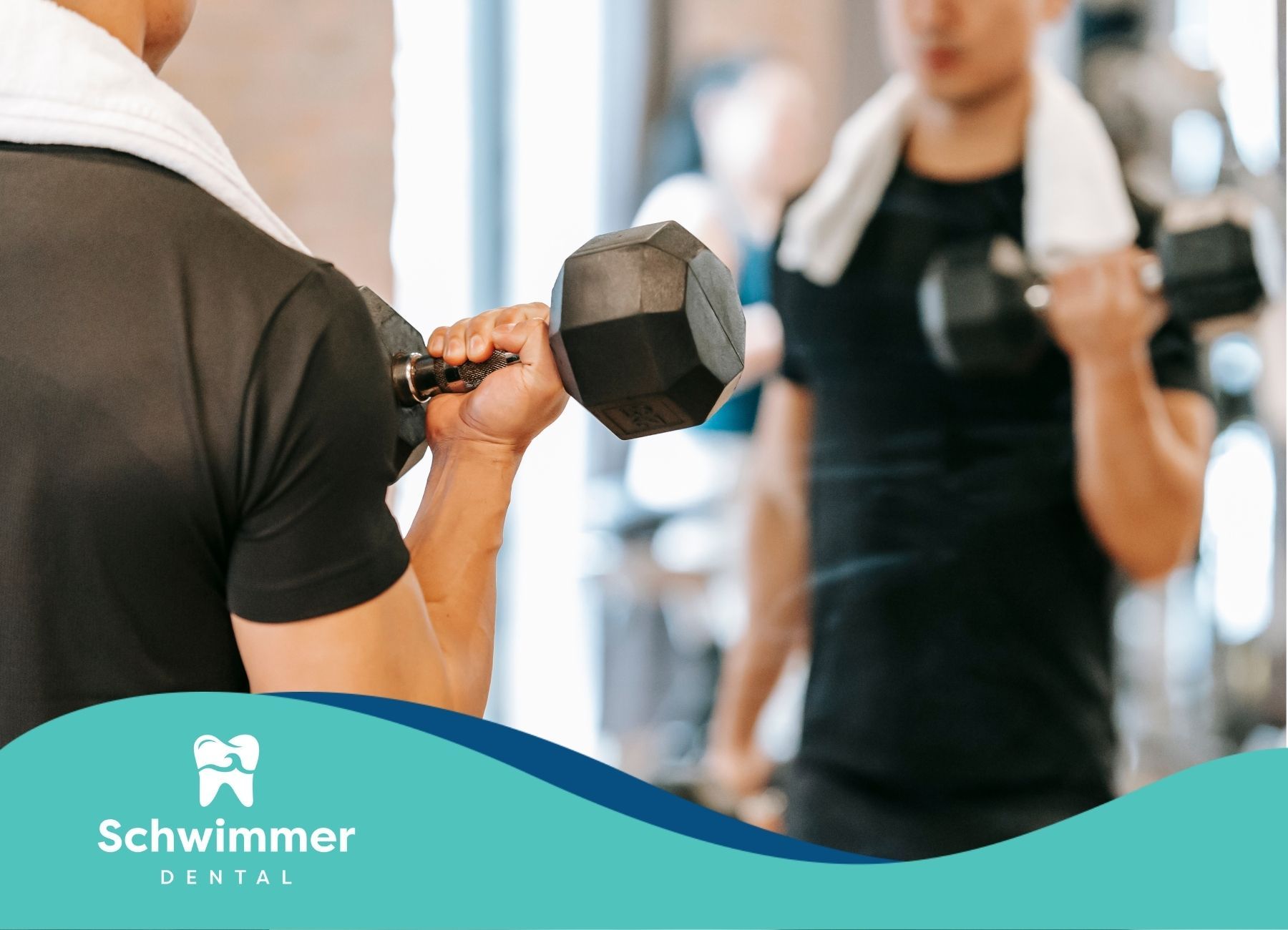How to Remove Plaque from Teeth: 15 Proven Tips for a Cleaner, Healthier Smile
Plaque is a sticky film of bacteria that forms on your teeth every day. If not removed, it can harden into tartar, leading to cavities, gum disease, and even tooth loss. Many people search for how to remove plaque from teeth, how to remove tartar from teeth without dentist, and how to remove plaque from teeth at home.
This article breaks down the most effective, science-backed ways to keep your teeth clean—plus what really works, what doesn’t, and when to call in the professionals.
1. Brush Your Teeth Twice a Day—The Right Way
Brushing is the foundation of plaque removal. Use a soft-bristled toothbrush and fluoride toothpaste. Brush for at least two minutes, covering all surfaces—front, back, and chewing surfaces. Replace your toothbrush every 3–4 months or sooner if the bristles are frayed.
Tip: Angle your brush at 45 degrees to the gumline and use gentle, circular motions.
2. Try Baking Soda for Extra Cleaning Power
Baking soda is a gentle abrasive that helps scrub away plaque and neutralize acids in your mouth. Wet your toothbrush, dip it in a small amount of baking soda, and brush as usual. Limit this to once or twice a week to avoid enamel wear.
3. Floss Daily—Don’t Skip This Step
Flossing removes plaque and food particles from between teeth and under the gumline—places your toothbrush can’t reach. Use dental floss or interdental brushes at least once a day for best results.
4. Use Mouthwash for Added Protection
Antibacterial mouthwashes help reduce plaque-causing bacteria. Look for mouthwashes containing ingredients like chlorhexidine, cetylpyridinium chloride, or essential oils. Swish for 30 seconds after brushing and flossing.
5. Oil Pulling with Coconut Oil
Swishing coconut oil in your mouth for 5–10 minutes may help reduce bacteria and plaque buildup. Spit out the oil and rinse well. While not a replacement for brushing, it can be a helpful addition to your routine.
6. Rinse with White Vinegar (Diluted!)
White vinegar contains acetic acid, which can help break down plaque. Mix one tablespoon of vinegar and a pinch of salt in a cup of water, then rinse for 30 seconds. Always dilute vinegar and rinse with water afterward to protect your enamel.
7. Eat Crunchy Fruits and Vegetables
Crunchy fruits and veggies like apples, carrots, celery, and even strawberries act as natural abrasives, helping to scrub away plaque and stimulate saliva production. Saliva helps wash away bacteria and food particles.
8. Rub Orange Peel on Your Teeth
The inside of an orange peel contains limonene and vitamin C, which may help break down plaque and fight bacteria. Simply rub the white side of an orange peel on your teeth before bed and let it sit overnight.
9. Chew Sesame Seeds
Chewing a handful of sesame seeds and then brushing your teeth with a dry toothbrush can help remove plaque and tartar residue. Do not swallow the seeds—spit them out after chewing.
10. Try Apple Cider Vinegar (With Caution)
Dilute apple cider vinegar with water and use it as a mouthwash for a few seconds. Its acidity can help break down tartar, but always rinse thoroughly afterward to avoid enamel erosion.
11. Use Aloe Vera Gel
Aloe vera has antibacterial properties. Mix its gel with baking soda, water, and a little glycerin to make a paste. Brush your teeth with this mixture a couple of times a week for added cleaning.
12. Vitamin C Paste from Strawberries or Tomatoes
Mash strawberries or tomatoes (both high in vitamin C) and apply the paste to your teeth. Let it sit for five minutes before rinsing. This can help keep plaque and tartar at bay.
13. Drink Plenty of Water
Water helps rinse away food particles and bacteria, reducing plaque formation. Drink water after meals and snacks, especially if you can’t brush right away.
14. Avoid Sugary and Starchy Foods
Bacteria in plaque feed on sugars and starches, producing acids that attack your enamel. Limiting these foods can help reduce plaque buildup.
15. Visit Your Dentist Regularly
Even with the best home care, some plaque will harden into tartar. Only a dental professional can safely remove tartar during a cleaning. Schedule checkups every six months—or more often if your dentist recommends.
Plaque vs Tartar: What’s the Difference?
- Plaque: A soft, sticky film of bacteria that forms on teeth within hours after eating. It’s colorless or pale yellow and can be removed with brushing and flossing.
- Tartar (Calculus): Hardened plaque that forms when plaque isn’t removed. Tartar is rough, yellow, or brown, and can only be removed by a dental professional.
Heavy Tartar Removal at Home—Is It Possible?
Despite many “how to remove tartar from teeth without a dentist” tips online, once tartar has formed, it is too hard to remove safely at home. Picking plaque off teeth with your finger or using sharp tools can damage your enamel and gums. For heavy tartar removal at home, the safest step is to improve your oral hygiene routine and see your dentist for professional cleaning.
What About Tartar Breaking Off the Back of Teeth?
If you notice tartar breaking off the back of your teeth, it means the buildup has become unstable. This can leave rough surfaces that trap more bacteria and increase your risk of gum disease. Always have tartar professionally removed to avoid complications.
Can You Remove Plaque from Teeth Naturally?
Many people search for how to remove plaque from teeth naturally or how to remove plaque from teeth at home. While natural remedies like baking soda, orange peel, and crunchy fruits can help with soft plaque, they cannot remove hardened tartar. Use these methods as part of your daily routine, but rely on your dentist for deep cleaning.
Picking Plaque Off Teeth with Finger—Does It Work?
Using your finger to pick at plaque is ineffective and can even push bacteria deeper into your gums. For the best results, stick to proven methods like brushing, flossing, and regular dental visits.
How Schwimmer Dental Can Help: Professional Care Beyond Home Remedies
We believe a healthy smile is a team effort at Schwimmer Dental in Point Pleasant, NJ. While home care is vital, nothing beats the precision and safety of professional dental cleanings. Here’s what makes Schwimmer Dental your best choice for plaque and tartar removal:
- Comprehensive Cleanings: Our skilled hygienists use advanced tools to remove even the toughest tartar from every surface, including below the gumline.
- Personalized Prevention: We tailor your care plan to your needs, offering tips and products that work for your unique smile.
- Gentle, Judgement-Free Care: Our team makes you feel comfortable and respected, whether it’s your first cleaning in years or your regular visit.
- Full-Service Dentistry: From preventive cleanings to advanced restorative and cosmetic treatments, Schwimmer Dental handles all your oral health needs under one roof.
- Flexible Scheduling: We offer convenient appointment times and emergency care for urgent dental issues.
Conclusion
Plaque doesn’t stand a chance when you combine smart home care with expert dental support. If you’re ready for a truly fresh start or overdue for a cleaning, let Schwimmer Dental help you reclaim your healthiest smile. Don’t just brush off the problem; call us today and let our team sweep away the plaque for good. Your cleanest, brightest smile is just one appointment away!
Frequently Asked Questions (FAQs)
How do you remove hardened plaque?
Hardened plaque, or tartar, can only be removed by a dental professional using special tools during a cleaning.
Can I scrape plaque off my own teeth?
It’s not safe to scrape plaque or tartar off your own teeth. You risk injuring your gums and damaging your enamel. Always see a dentist for tartar removal.
What removes up to 100% more plaque?
Electric toothbrushes and proper flossing can remove significantly more plaque than manual brushing alone. Regular professional cleanings are also essential.
How do you remove plaque from your teeth at home?
Brush twice daily, floss daily, use mouthwash, and try natural remedies like baking soda or crunchy fruits. However, only professional cleanings can remove tartar.
Why are my teeth yellow when I brush them every day?
Tartar buildup, staining foods, or thin enamel can cause yellow teeth. Even with daily brushing, tartar and stains may require professional cleaning.
Does plaque smell bad?
Yes, plaque harbors bacteria that produce odors, leading to bad breath if not removed regularly.
Why do I still get plaque even though I floss?
Plaque forms continuously from bacteria in your mouth. Even with good habits, brushing, flossing, and visiting your dentist regularly are important to keep it under control.
Sources:
- https://www.healthline.com/health/how-to-remove-plaque
- https://www.sensodyne.com/en-us/oral-health-tips/how-to-remove-plaque-from-teeth/
- https://my.clevelandclinic.org/health/diseases/25102-tartar
- https://www.colgate.com/en-us/oral-health/plaque-and-tartar/plaque-what-is-it-and-how-do-we-get-rid-of-it
- https://www.webmd.com/oral-health/tartar-dental-calculus-overview
- https://www.colgate.com/en-us/oral-health/threats-to-dental-health/can-you-remove-tartar-at-home
- https://www.medicalnewstoday.com/articles/plaque-vs-tartar
- https://doctor.ndtv.com/living-healthy/7-home-remedies-to-get-rid-of-tartar-in-teeth-naturally-1799262



